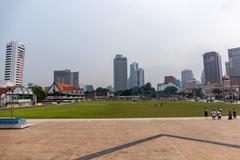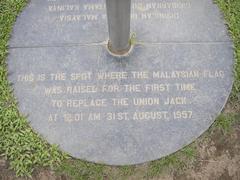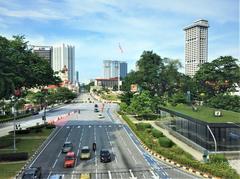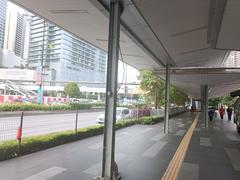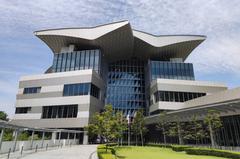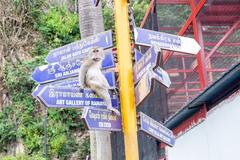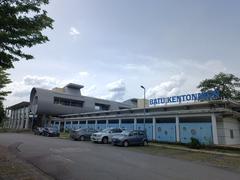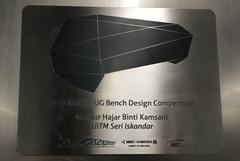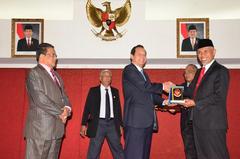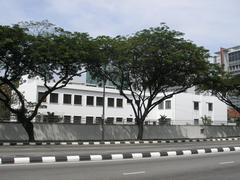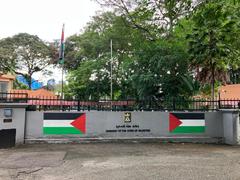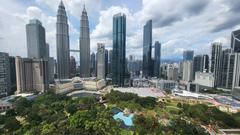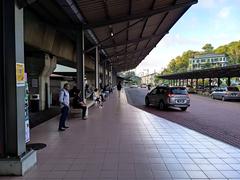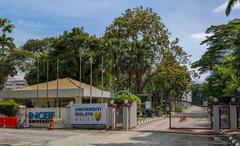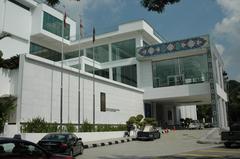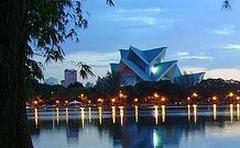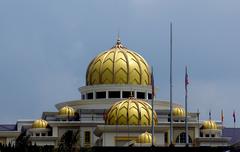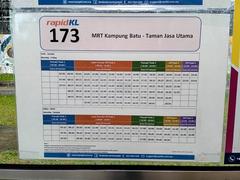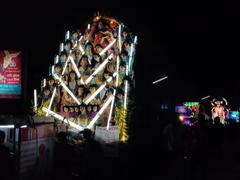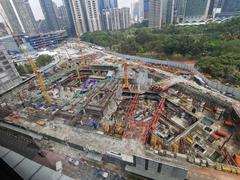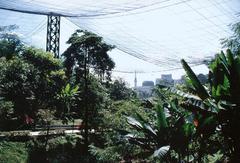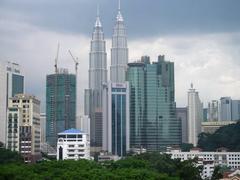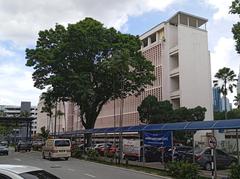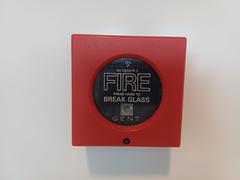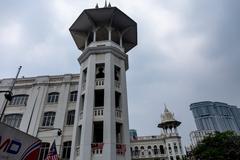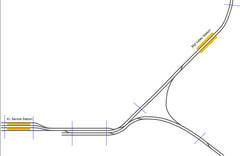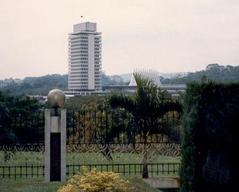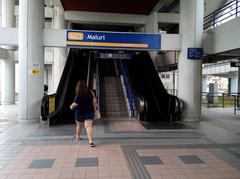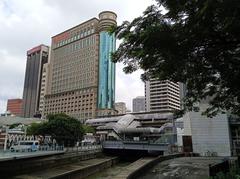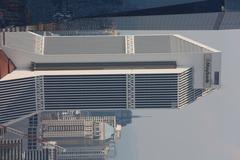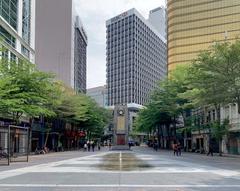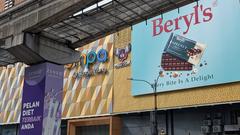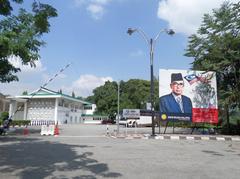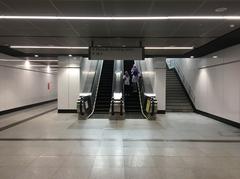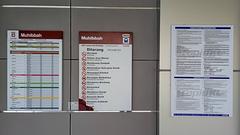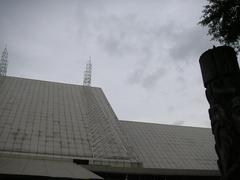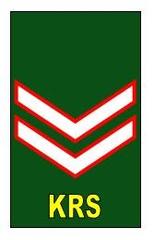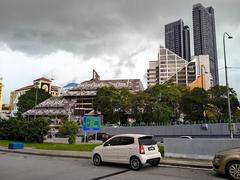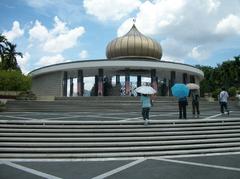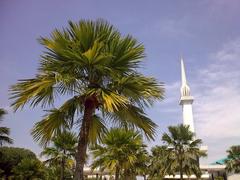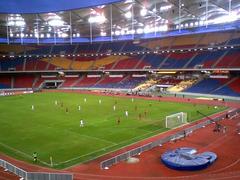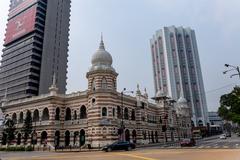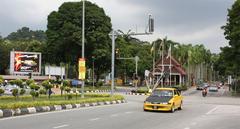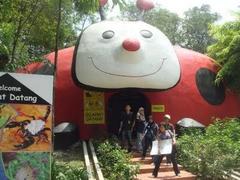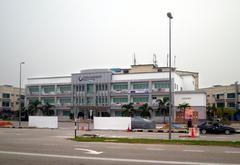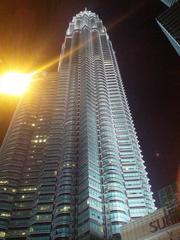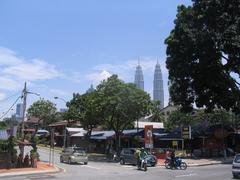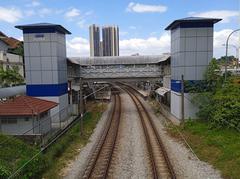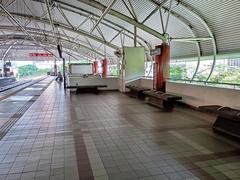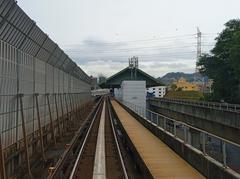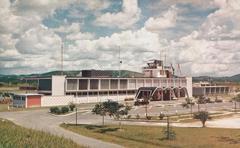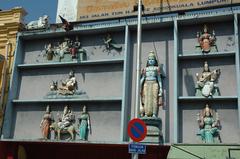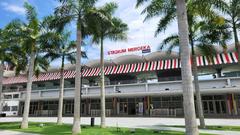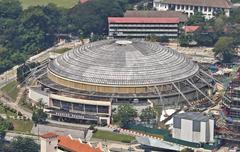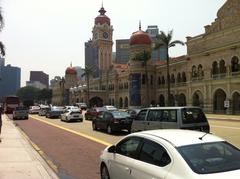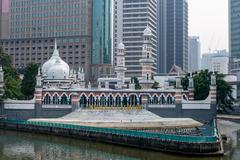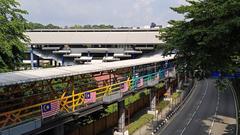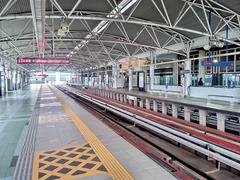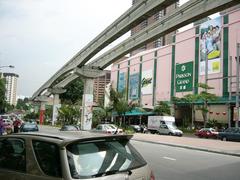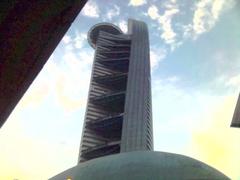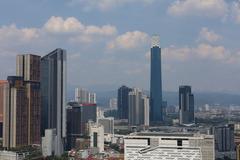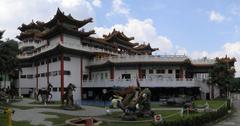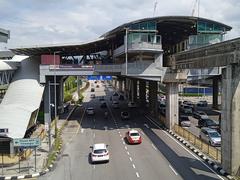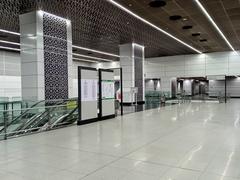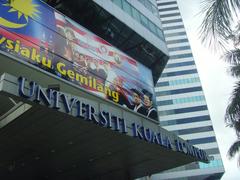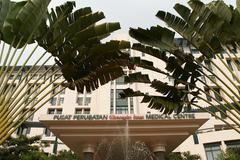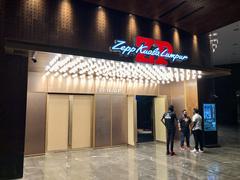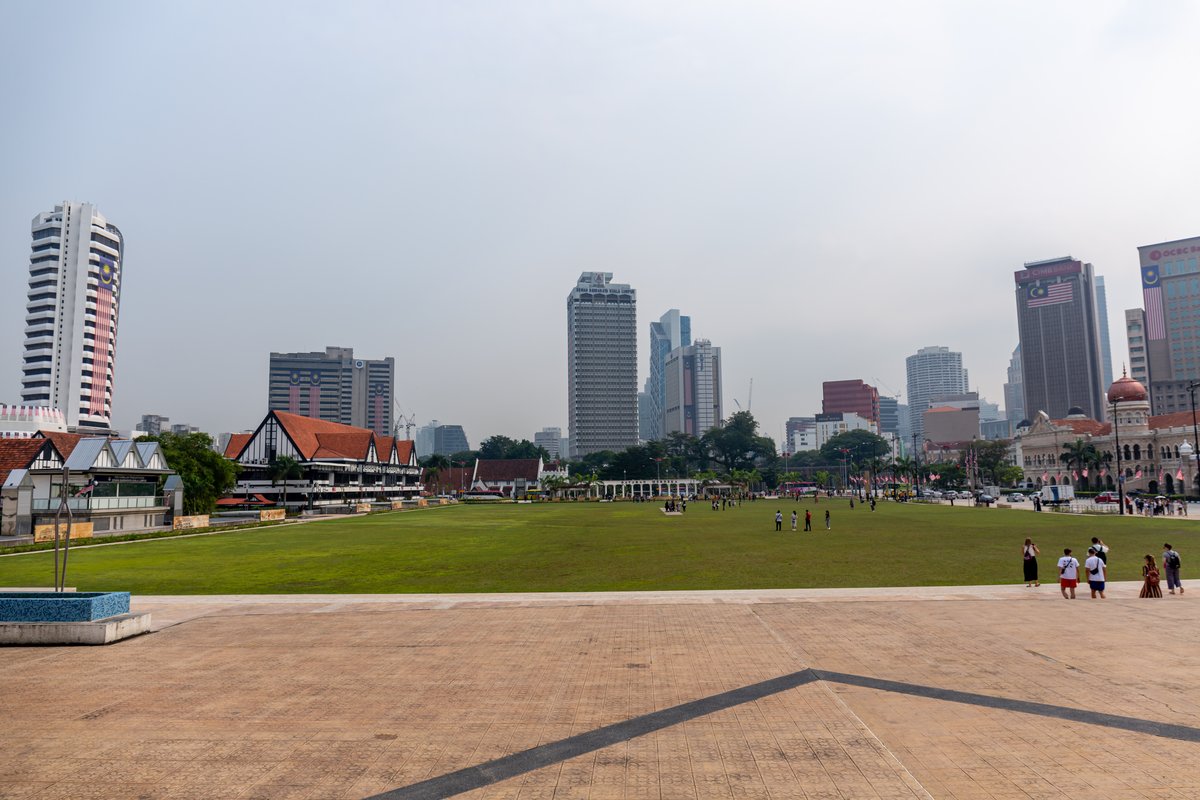
Merdeka Square Visiting Hours, Tickets, and Historical Sites in Kuala Lumpur
Date: 17/07/2024
Introduction
Merdeka Square, or Dataran Merdeka, stands as an iconic landmark in Kuala Lumpur, Malaysia, rich in historical and cultural significance. This expansive public space, once a simple cricket field during the British colonial era, has been the focal point of numerous pivotal events in Malaysia’s journey to independence. On the midnight of August 31, 1957, it was here that the Union Jack was lowered, and the Malayan flag was raised, marking the birth of an independent Malaysia (Tourism Malaysia, Malaysia National Day). Today, Merdeka Square is more than just a historical site; it is a living testament to the country’s rich heritage and a symbol of national unity and pride. The square is surrounded by architectural marvels from the colonial era, such as the Sultan Abdul Samad Building and the Royal Selangor Club, which add to its charm and historical value (Kuala Lumpur City Hall, Heritage of Malaysia Trust). Whether you are a history enthusiast, a cultural explorer, or a casual tourist, a visit to Merdeka Square offers a unique opportunity to delve into Malaysia’s storied past and vibrant present.
Table of Contents
- Introduction
- History of Merdeka Square, Kuala Lumpur
- Visitor Information
- FAQ
- Conclusion
Exploring Merdeka Square - History, Visiting Hours, and Tips for Kuala Lumpur’s Iconic Landmark
History of Merdeka Square, Kuala Lumpur
Pre-Independence Era
Colonial Beginnings
Merdeka Square, known locally as Dataran Merdeka, has its roots deeply embedded in Malaysia’s colonial past. The area was originally a simple field used for cricket by the British colonial administration. The field, known as the Selangor Club Padang, was part of the Selangor Club, established in 1884. The club served as a social and recreational hub for British expatriates (Tourism Malaysia).
Architectural Landmarks
Several iconic buildings surrounding Merdeka Square were constructed during the British colonial period. The Sultan Abdul Samad Building, completed in 1897, is one of the most notable structures. Designed by A.C. Norman, the building originally housed the British administration offices and now serves as the Ministry of Information, Communications, and Culture (Kuala Lumpur City Hall). The building’s Moorish architecture, with its distinctive clock tower, remains a symbol of Kuala Lumpur’s colonial heritage.
Path to Independence
Japanese Occupation
During World War II, Kuala Lumpur, including Merdeka Square, fell under Japanese occupation from 1942 to 1945. The Japanese used the area for military parades and propaganda events. This period was marked by hardship and significant changes in the social and political landscape of Malaya (National Archives of Malaysia).
Post-War Developments
After the war, the push for independence gained momentum. The square became a focal point for political rallies and public gatherings advocating for self-governance. The Malayan Union, established in 1946, was met with strong opposition, leading to the formation of the Federation of Malaya in 1948. These events set the stage for the eventual declaration of independence (Merdeka Square Official Website).
Independence Day
Proclamation of Independence
On August 31, 1957, Merdeka Square became the site of a historic event that would forever change the course of Malaysian history. At the stroke of midnight, the Union Jack was lowered, and the Malayan flag was raised for the first time, signifying the end of British colonial rule. Tunku Abdul Rahman, the first Prime Minister of Malaysia, declared the nation’s independence in front of a crowd of thousands (Malaysia National Day).
Annual Celebrations
Since then, Merdeka Square has been the epicenter of Malaysia’s National Day celebrations. Every year on August 31, the square hosts a grand parade featuring military displays, cultural performances, and a variety of other festivities. The event is attended by dignitaries, foreign guests, and the general public, making it a significant national occasion (Visit Kuala Lumpur).
Post-Independence Developments
Urban Transformation
In the decades following independence, Merdeka Square underwent several transformations to enhance its role as a public space and historical landmark. The square was officially renamed Dataran Merdeka in 1989. Extensive landscaping and the addition of modern amenities have made it a popular destination for both locals and tourists (Kuala Lumpur City Hall).
Preservation Efforts
Efforts have been made to preserve the historical integrity of Merdeka Square while accommodating contemporary needs. The square is surrounded by several heritage buildings, including the Royal Selangor Club and St. Mary’s Cathedral, which have been meticulously maintained. These preservation efforts ensure that the square remains a living testament to Malaysia’s rich history (Heritage of Malaysia Trust).
Cultural Significance
Symbol of Unity
Merdeka Square is more than just a historical site; it is a symbol of national unity and pride. The square’s significance is deeply ingrained in the Malaysian consciousness, representing the struggles and triumphs of the nation. It serves as a reminder of the country’s journey from colonial subjugation to sovereign statehood (Malaysia Truly Asia).
Educational Value
The square also serves an educational purpose, offering visitors a chance to learn about Malaysia’s history through various plaques, monuments, and guided tours. The National History Museum, located nearby, provides additional context and exhibits related to the events that took place at Merdeka Square (National History Museum).
Modern-Day Relevance
Tourist Attraction
Today, Merdeka Square is one of Kuala Lumpur’s most visited tourist attractions. The square’s historical significance, combined with its central location, makes it a must-visit destination for anyone exploring the city. Visitors can enjoy a leisurely stroll, take photographs of the iconic landmarks, and participate in various cultural events held throughout the year (Visit Kuala Lumpur).
Community Events
In addition to its role in national celebrations, Merdeka Square hosts a variety of community events, including concerts, festivals, and public gatherings. These events contribute to the square’s vibrant atmosphere and reinforce its status as a central hub for social and cultural activities (Kuala Lumpur City Hall).
Visitor Information
Merdeka Square Visiting Hours
Merdeka Square is open to the public 24 hours a day. However, the best time to visit is during daylight hours to fully appreciate the historical landmarks and participate in guided tours.
Merdeka Square Tickets
There is no entry fee to visit Merdeka Square. However, some of the surrounding attractions, such as the National History Museum, may have ticket prices.
Travel Tips
- Best Time to Visit - Early mornings or late afternoons to avoid the midday heat.
- What to Wear - Comfortable clothing and walking shoes are recommended.
- Photography - Bring a camera to capture the stunning architecture and vibrant activities.
- Nearby Attractions - Don’t miss the nearby attractions such as the Kuala Lumpur City Gallery and the Central Market.
- Accessibility - The square is accessible to visitors with disabilities, with ramps and pathways designed for easy navigation.
FAQ
What are the visiting hours for Merdeka Square?
Merdeka Square is open 24 hours a day, but it is best to visit during daylight hours.
Are there any entrance fees for Merdeka Square?
No, there are no entrance fees for Merdeka Square. However, nearby attractions may have their own ticket prices.
What are some nearby attractions?
Nearby attractions include the National History Museum, Kuala Lumpur City Gallery, and Central Market.
Is Merdeka Square accessible for people with disabilities?
Yes, Merdeka Square is accessible for people with disabilities with ramps and pathways for easy navigation.
Conclusion
Merdeka Square stands as a testament to Malaysia’s rich history and cultural heritage. Whether you’re a history buff, a tourist, or a local, a visit to this iconic landmark offers a unique opportunity to delve into the nation’s past and present. Don’t forget to check out other related posts and follow us on social media for more updates on Kuala Lumpur’s historical sites.
Call to Action
For more information on Merdeka Square and other historical sites in Kuala Lumpur, download our mobile app Audiala, check out other related posts, or follow us on social media for the latest updates.
References
- Tourism Malaysia. (n.d.). Retrieved from https://www.tourism.gov.my/
- Kuala Lumpur City Hall. (n.d.). Retrieved from https://www.dbkl.gov.my/
- Heritage of Malaysia Trust. (n.d.). Retrieved from https://www.heritagemalaysia.org/
- Malaysia National Day. (n.d.). Retrieved from https://www.malaysianationalday.com/
- Visit Kuala Lumpur. (n.d.). Retrieved from https://www.visitkl.gov.my/
- National Archives of Malaysia. (n.d.). Retrieved from https://www.arkib.gov.my/
- Malaysia Truly Asia. (n.d.). Retrieved from https://www.malaysia.travel/
